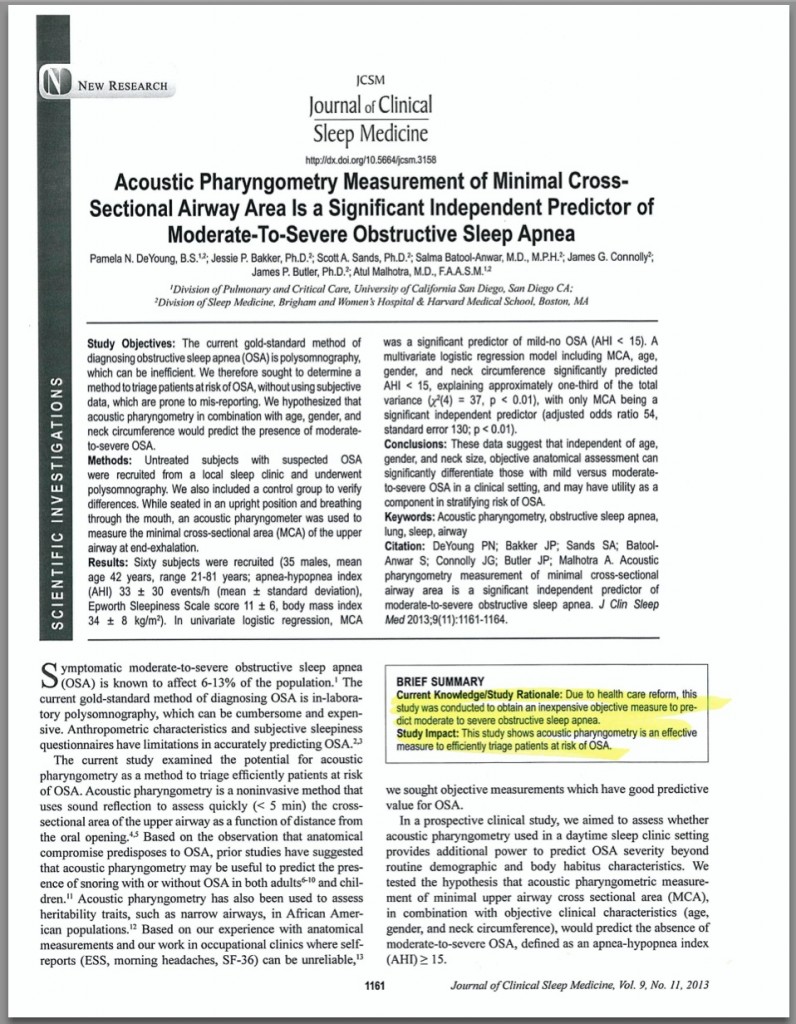The European Academy of Allergy and Clinical Immunology Recommends Acoustic Rhinometry in the Evaluation and Assessment of Turbinate Hypertrophy.
RAbstract This report has been prepared by the European Academy of Allergy and Clinical Immunology Task Force on Allergic Rhinitis (AR) comorbidities. The aim of this multidisciplinary European consensus document is to highlight the role of multimorbidities in the definition, classification, mechanisms, recommendations for diagnosis and treatment of AR, and to define the needs in…





